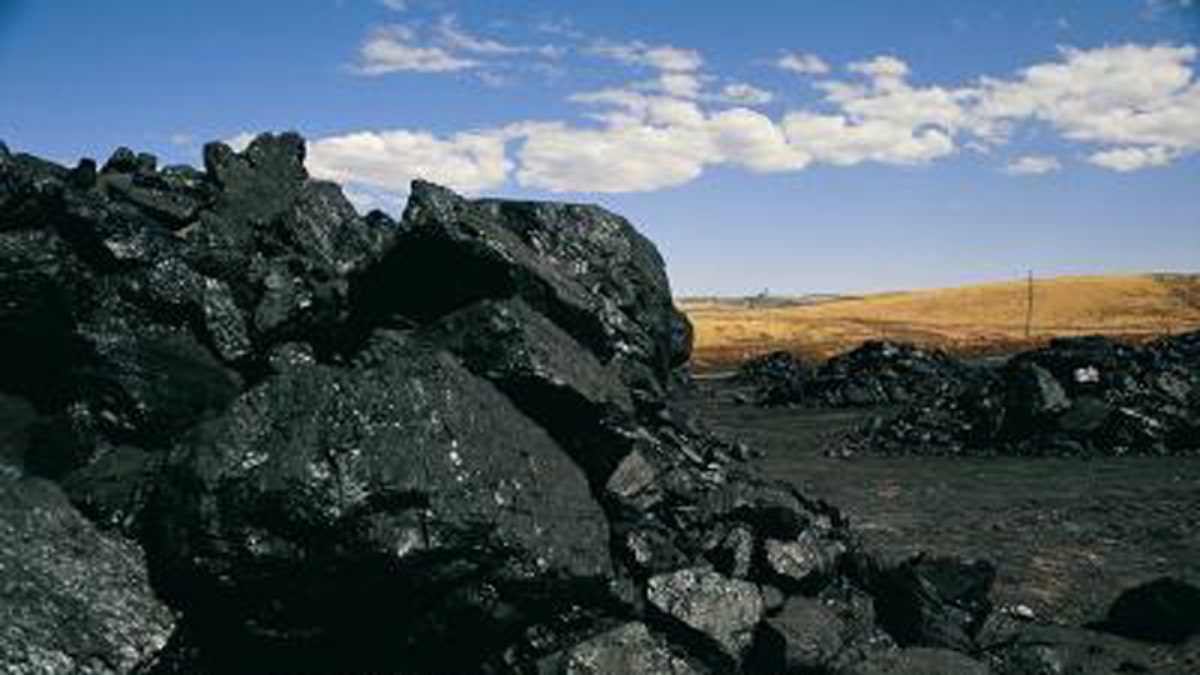
Coal from China's Xuan Wei County, widely used for cooking and heating, may contribute to unusually high rates of lung cancer among women in the region. (US Department of Energy)
The tremendous volcanic eruption thought to be responsible for Earth's largest mass extinction — which killed more than 70 percent of plants and dinosaurs walking the planet 250 million years ago — is still taking lives today.
Scientists investigating the high incidence of lung cancer in China's Xuan Wei County in Yunnan Province conclude that the problem lies with the coal residents use to heat their homes. That coal was formed by the same 250-million-year-old giant volcanic eruption — termed a supervolcano — that was responsible for the extinction of the dinosaurs. The high silica content of that coal is interacting with volatile organic matter in the soil to cause the unusually high rates of lung cancer.
The study that helps solve this cancer mystery appears in ACS' Environmental Science & Technology under the title "Silica-Volatile Interaction and the Geological Cause of the Xuan Wei Lung Cancer Epidemic."
David Large of the University of Nottingham in England and colleagues from around the world note that parts of Xuan Wei County have the world's highest incidence of lung cancer in nonsmoking women — 20 times higher than the rest of China. Peak lung cancer mortality in women there has been reported at 400 deaths per 100,000 people. Women in the region heat their homes and cook on open coal-burning stoves that are not vented to the outside.
Scientists believe that indoor emissions from burning coal cause cancer, but are unclear why the lung cancer rates in this region are so much higher than other areas. Earlier studies showed a strong link between certain volatile substances, called PAHs, in coal smoke and lung cancer in the region.
The scientists found that coal used in parts of Xuan Wei County had about 10 times more silica, a suspected carcinogen, than U.S. coal. And silica may work in conjunction with PAHs to make the coal more carcinogenic.
The scientists also found that this high-silica coal was formed 250 million years ago, at a time in history called the Permo-Triassic Boundary (PTB). This geological boundary coincides with the mass extinction of the dinosaurs, when massive volcanic eruptions worked to deposit silica in the peat that formed Xuan Wei's coal.
"This creates the fascinating prospect that the environmental conditions that resulted in the extinction event may have produced particularly toxic coal chemistry that is affecting the people using it today," notes the study.
The cause of the dinosaurs' demise is far from an open-and-shut case. Many experts support the theory that an asteroid impact on the Yucatan Peninsula off Mexico (called the Chicxulub impact) was behind the cataclysm, others question whether the extinction was caused by an impact at all, and suggest that climate changes and volcanism were responsible. One line of reasoning holds that all three phenomena were to blame.
